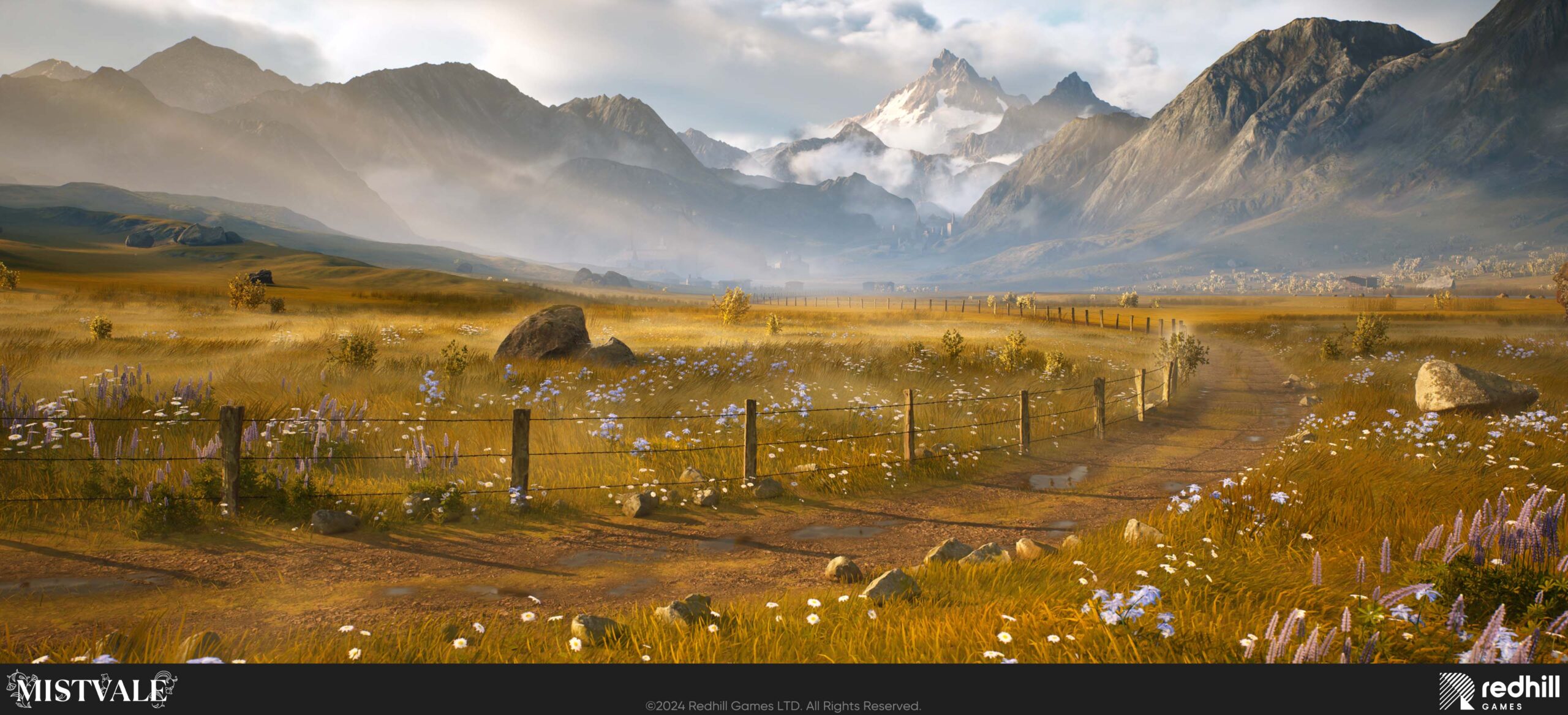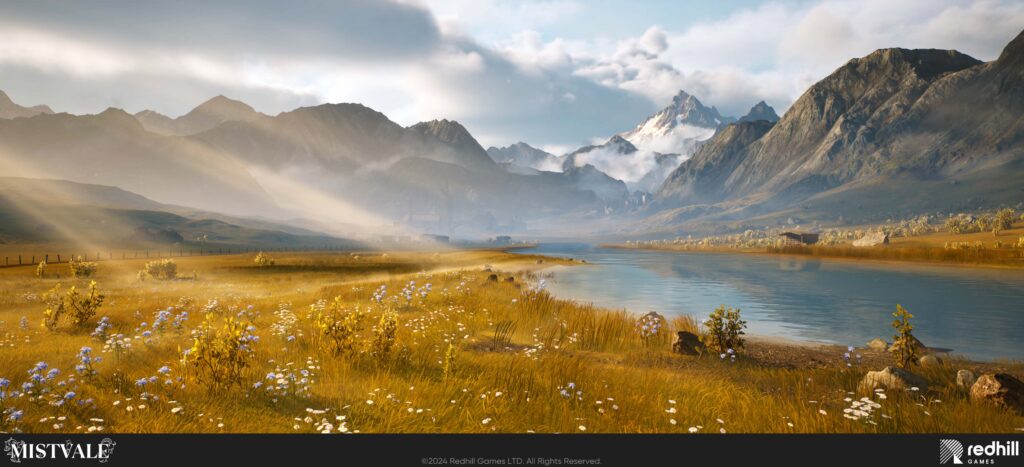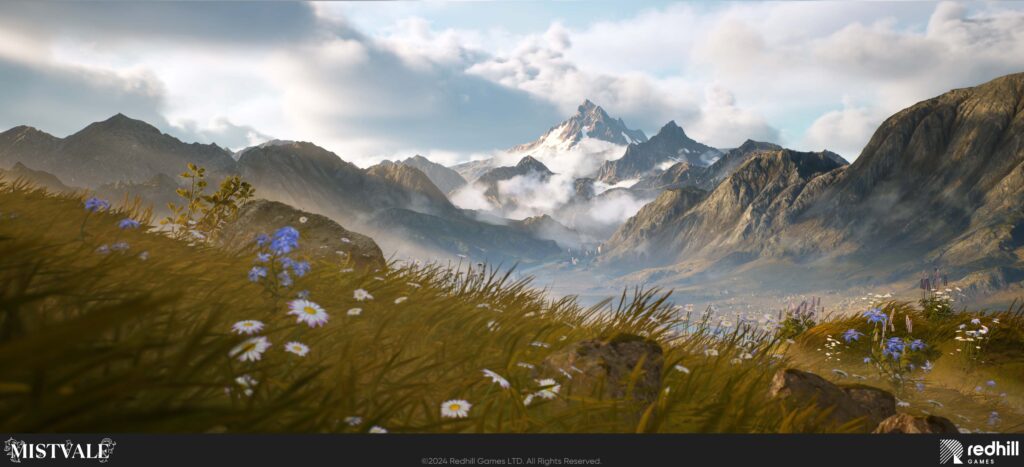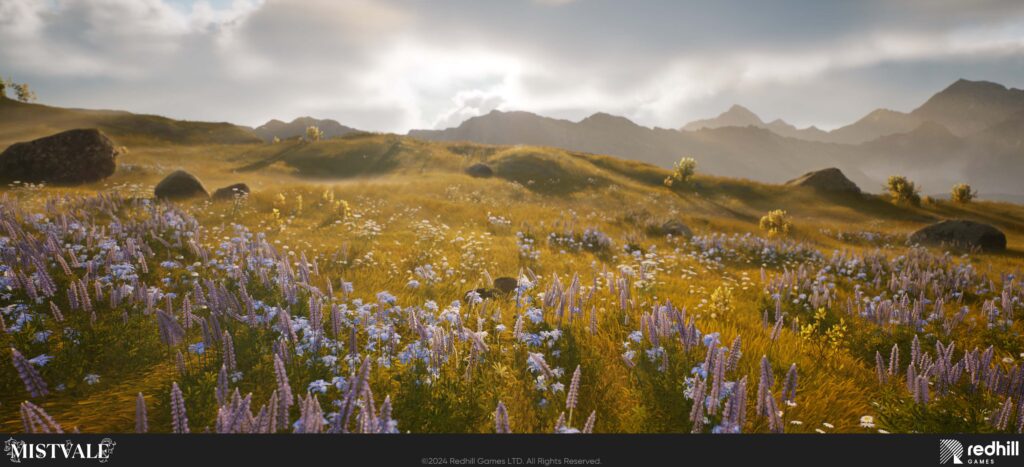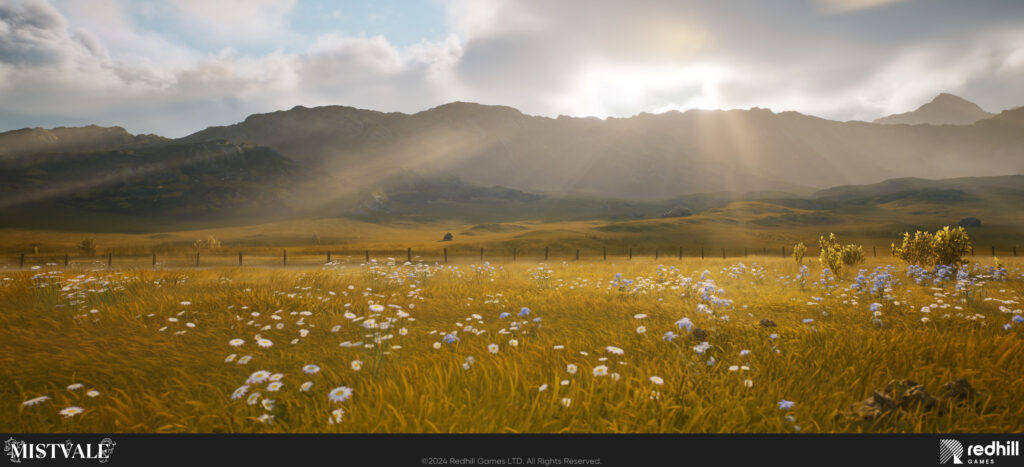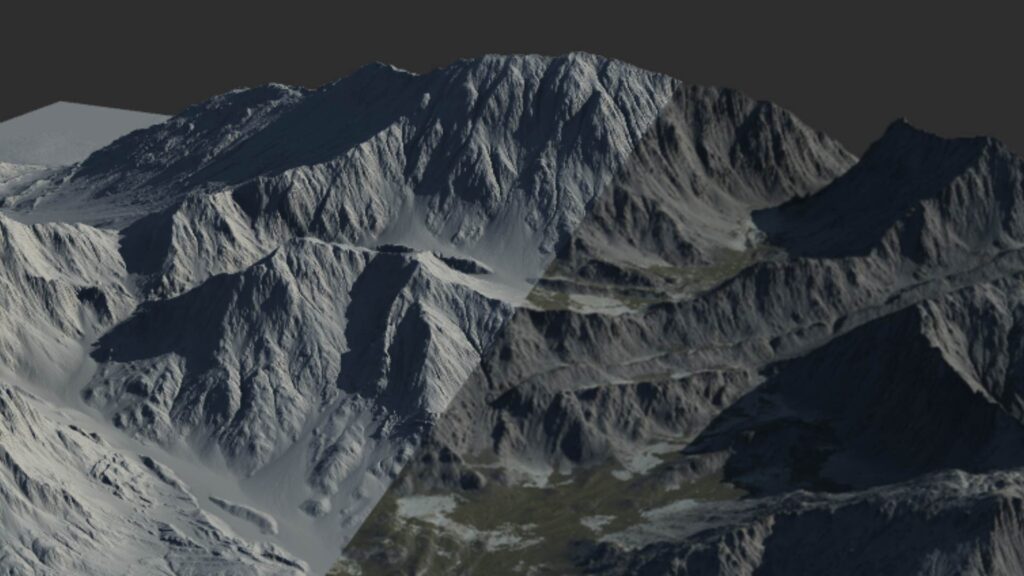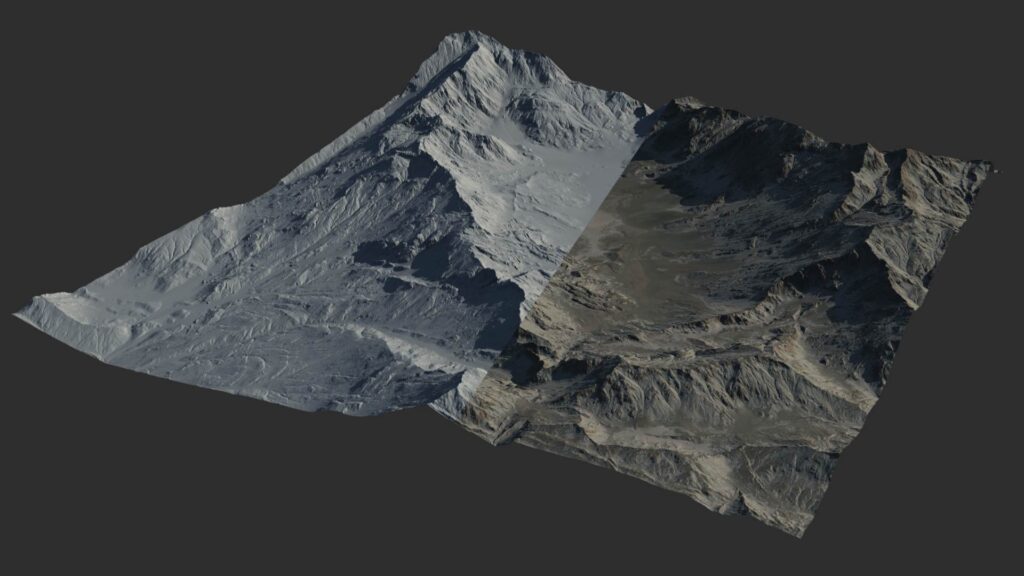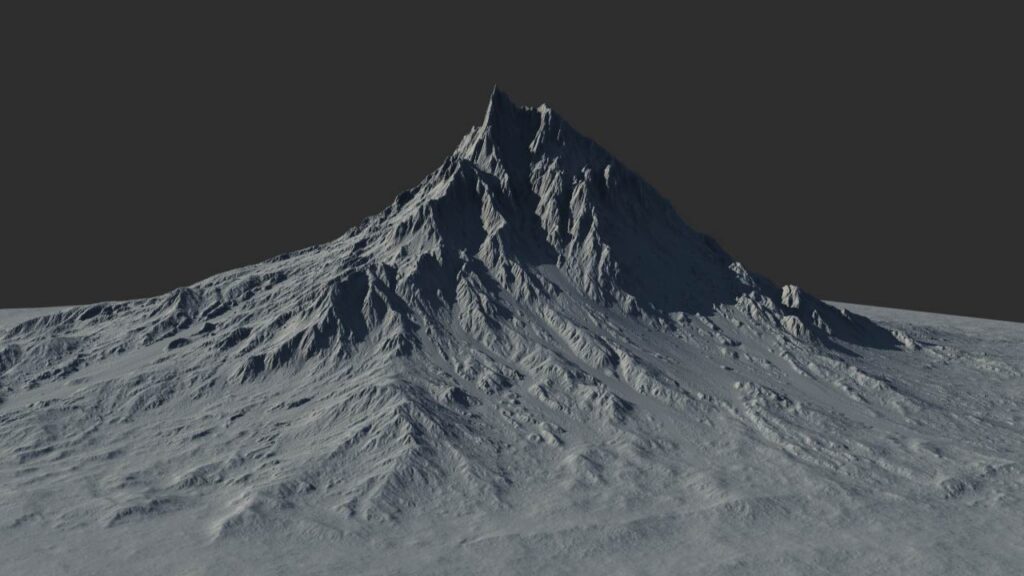MISTVALE
Team:
Environment Art
Safeer Abbas
Lucia Souralaysak
Tech Art & VFX
Pedro Borges
Lighting
Simo Kettunen
As the project lead, I was responsible for guiding the team toward achieving the desired quality. I created the terrain using Gaea, ensuring it aligned with the project’s specifications and aesthetic goals. Additionally, I provided support and direction to the team, helping them maintain high standards throughout the development process, leading to a successful outcome that we were all proud to be a part of.

Safeer Abbas
Associate Environment Art Lead
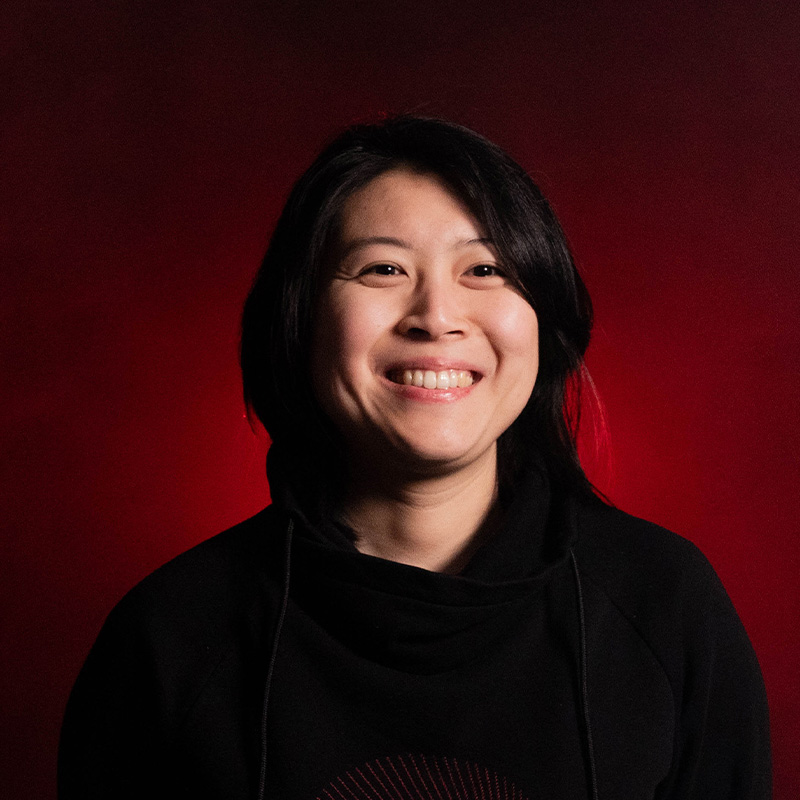
Lucia Souralaysak
Senior Environment Artist
As a newcomer to Unreal, this project provided an invaluable learning experience. I gained hands-on knowledge in integrating assets, understanding how shaders work in Unreal, working with lighting, using the foliage tools, and creating camera sequences. Having previously focused on stylized vegetation, it was interesting to explore new approaches for creating more realistic vegetation. What I enjoyed most was designing the vegetation, setting up camera angles, and composing them within the map. The biggest challenge was learning everything quickly enough to deliver the map on time.
My main tasks involved researching and developing a modular landscape shader, a particle-based wind system, a vegetation shader, and a PCG Spline Tool. For this project, we chose to focus on the landscape and vegetation, aiming to see how much we could achieve within just three months. By leveraging Material Layers, we were able to dynamically add layers of detail, including biome-specific textures, colors, and macro elements to the landscape material. However, this approach introduced performance trade-offs, as each additional layer increased the computational load. While this method offers great flexibility, constant optimization was required to maintain a balance between performance and visual fidelity. We also successfully integrated Nanite with the layer blending and developed several advanced RVT blending techniques.Additionally, I utilized Procedural Content Generation (PCG) to scatter parts of the foliage and create a data-driven spline tool. Unlike traditional Blueprint-based spline tools, this tool interacts with other PCG assets and offers far greater flexibility in terms of functionality.
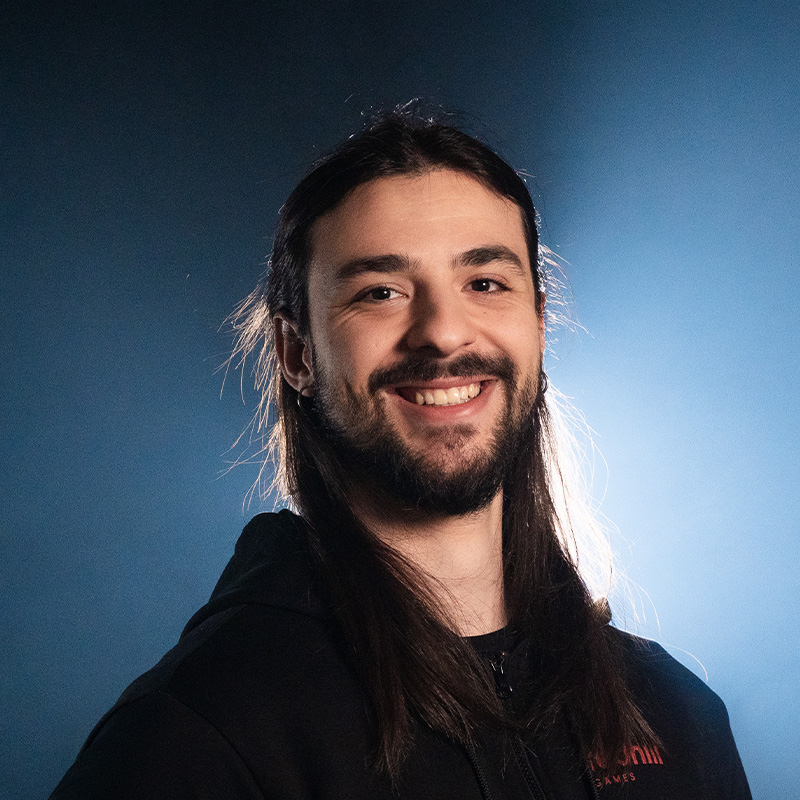
Pedro Borges
Technical Artist
TECHnical ART
Pedro Borges: “The most challenging aspect of the project was developing the grass and wind system. Inspired by Ghislain Girardot’s particle-based wind approach, I customized and expanded it to meet our specific needs. This system is highly adaptable, allowing for real-time adjustments to wind direction, intensity, and dynamic gusts, in contrast to conventional panning wind techniques. It was crucial that the wind be art-directable within the sequencer, and that we had effective methods to visualize it.For the vegetation shader, we needed a robust solution to properly use the wind data. By using pivot-painting techniques, we gave individual foliage elements more natural and varied movement. Automating this process could have been achieved in multiple ways, but given the tight schedule, I opted for a Houdini tool that automatically baked essential data, such as height and pivot information, into vegetation assets. This tool was integrated with Unreal Engine via Houdini Engine, allowing artists to test their assets in real time. I also created the few VFX present in the scene, including clouds, dust, volumetric fog, and god rays.”


